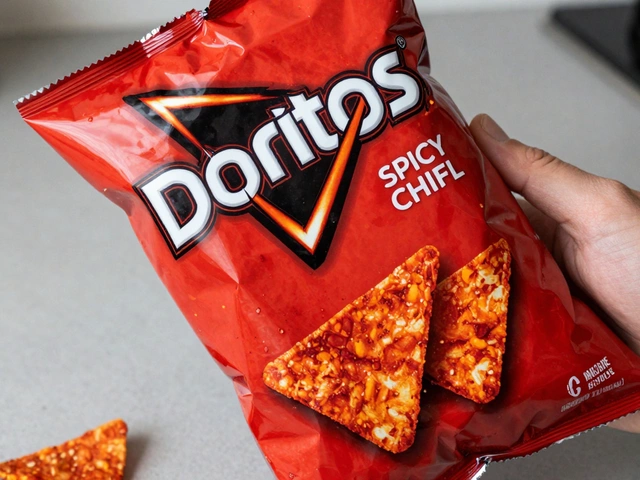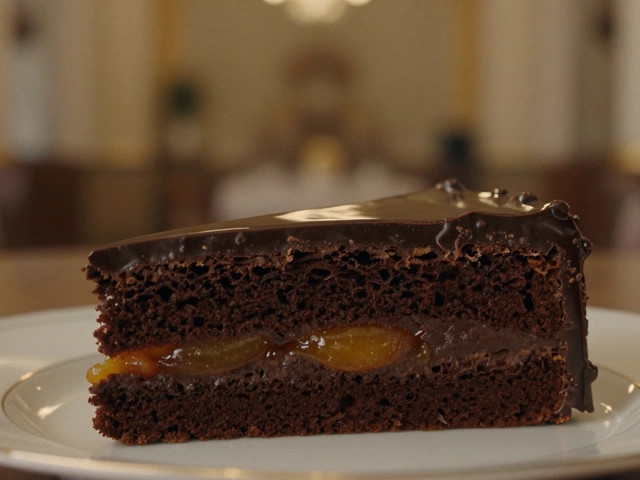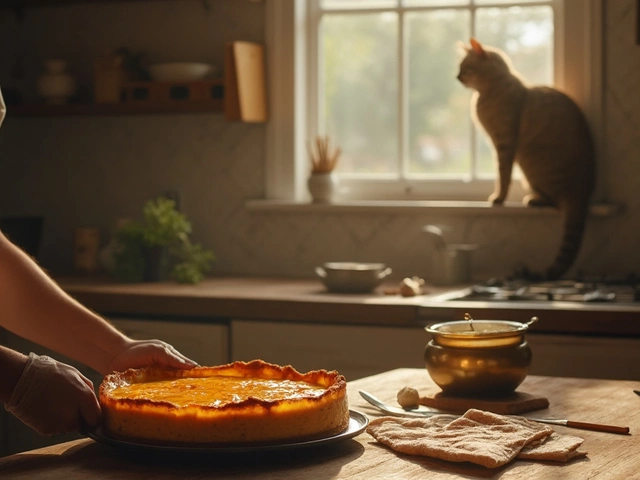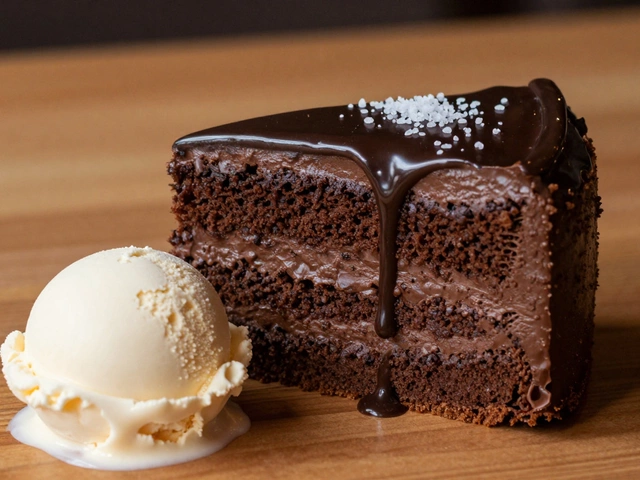Fudge History: From 19th‑Century Candies to Today’s Classic Treat
Ever wondered why fudge feels like a bite of nostalgia? The answer starts in the 1800s, when a simple sugar‑and‑butter mixture turned into a beloved candy. Knowing the backstory helps you see why certain tricks work so well in the kitchen.
Where Fudge Came From
Fudge first appeared in New England after the Civil War. A batch of overcooked caramel was left to cool, then cut into squares. The soft, grainy texture sparked curiosity, and locals began tweaking the recipe. Early versions used just brown sugar, butter, and a splash of milk, cooked until it reached what candy makers call the soft‑ball stage.
Across the Atlantic, British confectioners were already experimenting with boiled sweets. When they heard about the American version, they added their own twist—using condensed milk and vanilla. This helped spread fudge to England, where it became a staple at tea parties and holiday gatherings.
How Fudge Evolved
As railroads linked cities, fudge traveled faster than ever. Street vendors in New York sold it from carts, often advertising the "best fudge in town." The competition forced makers to experiment with flavors. Chocolate entered the scene in the early 1900s, followed by peanut butter, mocha, and even salty caramel. Each new addition required minor adjustments in temperature and stirring time.
Technology also changed the game. Modern candy thermometers give precise readings for the soft‑ball stage (around 235‑240°F). That means you can avoid grainy textures and hit the perfect creamy consistency every time. Home cooks who follow the guide in our article “The Real Secret to Perfect, Creamy Fudge—And How You Can Nail It Every Time” see noticeable upgrades in texture.
Today, fudge isn’t just a plain square. Bakers freeze‑dry it for a crunchy twist, swirl in fruit purees, or layer it with nuts for added crunch. The core principle stays the same: melt sugar, butter, and milk, stir until thick, and cool. Master the basics and you can customize without fear of failure.
Our site also dives deep into the science of fudge. If you’ve ever ended up with grainy fudge, the post “How to Make Fudge That’s Smooth and Not Grainy: Fudge‑Making Secrets Revealed” explains why over‑boiling or stirring too fast can wreck the texture, and how to rescue a batch that’s gone wrong.
Whether you’re a beginner or a seasoned sweet‑tooth, understanding fudge’s past gives you a shortcut to better results. The next time you bite into a piece, you’ll taste a little history along with the chocolate or vanilla flavor.
Ready to try your hand at a classic recipe or a modern spin? Browse the articles above, grab a candy thermometer, and start cooking. Fudge history proves that a simple sugar melt can become a timeless treat—just like the one you’ll create in your own kitchen.

Discovering Mackinac Island: The Fudge Capital of the World
Nestled in the heart of the Great Lakes, Mackinac Island holds the sweet title of the world's fudge capital, charming visitors with both its scenic beauty and mouth-watering confections. Beyond the picturesque landscapes, the island's fudge-making tradition dates back over a century, delighting sweet-toothed adventurers. Learn about the island's fudgy fame and pick up insider tips for creating your own rich, creamy fudge. Get ready to explore the secret behind perfect fudge consistency and why Mackinac's creations stand out.
View More




